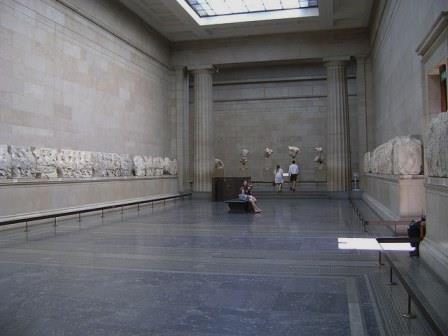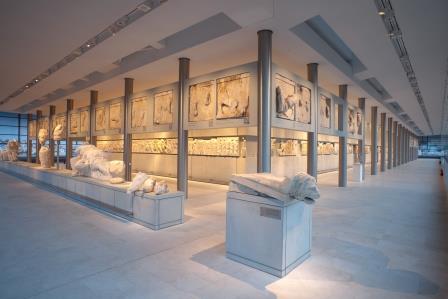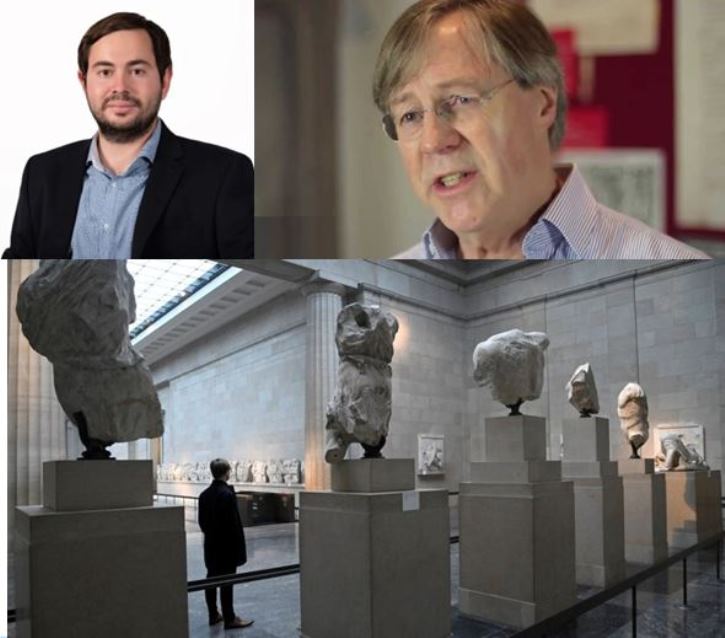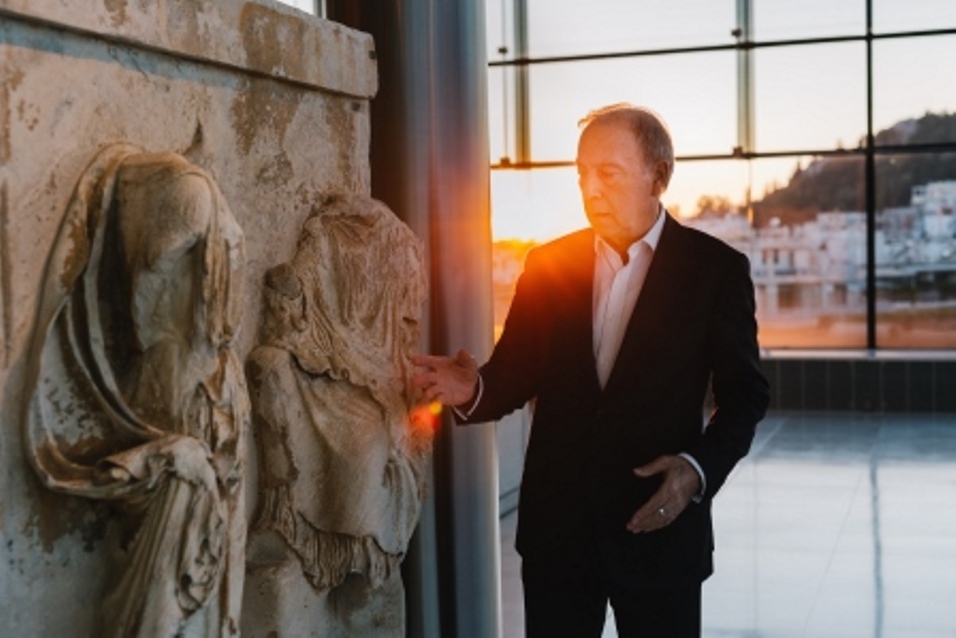Thursday, 26 March 2015
The British Museum, British Government (Department for Culture Media and Sport) and Foreign & Commonwealth Office have declined UNESCO's invitation for mediation of a peerless work of art - the fragmented sculptures from the Parthenon. Disappointing for most, it was predictable and disheartening. For many the hope for dialogue to find a way forward, and to reunite the sculptures, might continue between the Acropolis Museum and the British Museum.
Read the salient parts of the letters, and the reaction in Parliament.
Chairman of the British Committee for the Reunification of the Parthenon Marbles, Eddie O'Hara commented:
The British Committee for the Reunification of the Parthenon Marbles deeply regrets the decision of the British Museum to reject the invitation to submit to its mediation process the long running dispute over the reunification of its collection of sculptures from the Parthenon with those displayed in the Acropolis Museum in Athens. Their formal response contains a number of familiar canards:
- "The marbles are distributed throughout a number of "European museums" disguises the fact that approximately half are in Athens and approximately half are in London. Apart from one metope and about a metre of frieze, these are miscellaneous fragments with little context in a handful of other museums.
- "6 million visitors..." - to the British Museum, yes, but to the Parthenon Gallery? And anyway, is this an appropriate criterion?
- The British Museum insists on the distinction between itself and the government - and in the next breath states its legal obligations imposed by the government and modifiable by that same government.
- "The totality cannot be reassembled and placed on the Parthenon". But the totality has been reassembled in the Acropolis Museum, with ghostly spectres occupying the places of those in the British Museum. And since when has it been a rule that a work of art cannot be displayed unless it is complete? As for their replacement on the Parthenon, since the advent of acid rain the world is replete with sites on which removable parts of fixed monuments have been brought indoors for protection. In the case of the Parthenon the Acropolis Museum is located, aligned and constructed to enable a simultaneous view of both the sculptures and the building.
Eddie is also quoted on the BBC News site, you can read that article here.
The publishing of the letter is coordinated with the opening of the exhibition "Defining Beauty - the Body in Ancient Greek Art", unsurprisingly, because as previous arguments have been variously discredited this exhibition marks a new line of defence of the status quo. The visit of Ilissos to St Petersburg was a preview. The BCRPM congratulates the museum on this exhibition which will predictably have magnificent and merited success. But the inclusion of pieces from the sculptures of the Parthenon was not necessary and ignores an important principle. The campaign for reunification is based on the insistence that those in Athens and those in London are together an artistic unity. Hitherto the British Museum has at least displayed its collection as an integral subset. Hitherto the criticism has been of their refusal to restore the integrity of the whole. Now it appears that they no longer respect the integrity of their subset but regard it as a quarry from which to extract exemplars to support an exhibition in which many if not most of the pieces are Roman copies of Greek originals. Quite unnecessarily. In return for restitution the Greek Government has a standing offer of a rolling programme of originals.
Next year will be the 200th anniversary of the purchase of Lord Elgin's collection. The demand for reunification will predictably escalate in volume. This sophisticated diversionary tactic will not deflect it.

The Parthenon Gallery in the British Museum, London, holds over half the surviving sculptures from the Parthenon, removed from the Acropolis in the 19th century by Lord Elgin, when Greece was occupied by the Ottomans. These were shipped to England, destined to decorate Lord Elgin's home in Scotland. Due to finances, Lord Elgin was forced to sell them to the British government and this is how, for nearly two centuries, theses halves have became part of the displays in the British Museum. Greece has requested their return since their independence, a few decades after Lord Elgin removed them.This request has been repeated many more times since that time -but to no avail.

The Parthenon Gallery in the Acropolis Museum, Athens displays the remaining half of the sculptures from the Parthenon with casts for the missing pieces, still on display in London. These casts were made by the British Museum and paid for by Greece.





Comments powered by CComment